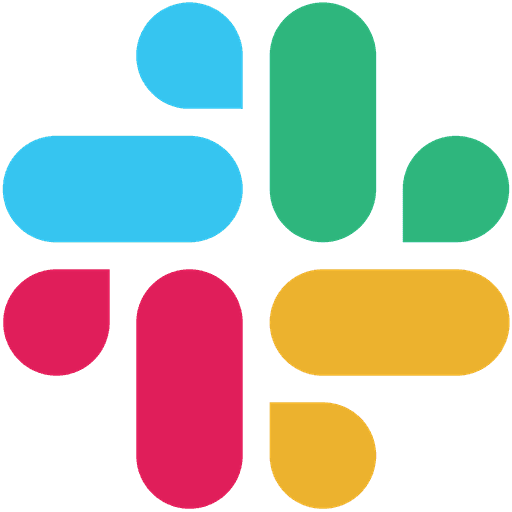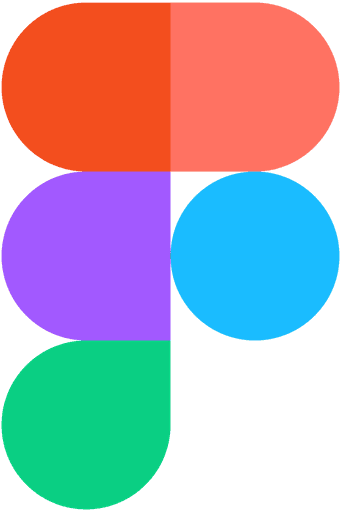Shaping Gantt Diagram for Smart Task Allocation
I designed a responsive Gantt diagram interface for Adaviv, an AI-driven agriculture company. Built for farm team leaders managing 4–10 workers, the tool helped them assign tasks, track progress, and respond quickly to changes in the field.
This was more than a visual upgrade, it was a strategic redesign of how fieldwork was planned. The system needed to account for unique scenarios such as assigning multiple workers to different rows of the same room, repeating seasonal task sequences, and detecting delays before they impacted productivity. My role was to define, design, and deliver a complete planning experience within one month, making farm operations smarter, faster, and more human-centered.
Company
Date
Industry
Role
Project Type
Context
Adaviv develops AI-based tools to help modernize agriculture through data and automation. While their tools were powerful at the analytical level, field team leaders lacked a visual, interactive way to manage daily labor. Most of their planning relied on manual updates or generalized overviews that didn’t account for nuances in team specialization, field layout, or timing requirements.
Leaders needed a task management tool that reflected the complexity of their real-world operations — multiple workers assigned to the same task but in different rows, repeatable routines across crop cycles, and the ability to make quick decisions when delays arose. The project had a two-month deadline and required close cross-functional collaboration to define, design, and deliver a flexible and effective interface.
Research Methods
User Interviews:
Conducted 1:1 interviews with real farm leaders to understand their daily workflows, pain points, and mental models around task assignment.
Stakeholder Workshops:
Collaborated with business and product stakeholders to identify edge cases and technical constraints.
Usability Testing:
Ran tests using low-fidelity prototypes to validate interaction patterns and adjust early design assumptions based on real feedback.
Key Research Findings
Through interviews, I learned that assigning a task wasn't just a matter of checking off a box. Leaders often had to assign multiple workers to the same task in a room, but each worker would be responsible for different rows. This required granular control over assignments—something existing tools didn’t offer. Additionally, certain tasks could only be handled by specific workers with the right training or experience. Being able to filter or identify suitable workers for specific tasks became an essential requirement.
I also discovered that many farming tasks followed recurring sequences tied to crop schedules. These formulas were repeated across seasons and needed to be quickly accessible. Leaders expressed frustration at having to manually recreate them each time. Another critical insight was the need to proactively detect delays. With real-time progress tracking, the system could warn leaders when a task was likely to fall behind, based on estimated hours and number of active workers—enabling leaders to act fast.
Process
Research & Discovery
I kicked off with user interviews and stakeholder sessions to understand real-life scenarios and technical boundaries. This helped shape the design scope around real needs and avoid overengineering.
Ideation & Wireframing
Using FigJam, I mapped user flows and wireframed multiple layout ideas. We evaluated different approaches to task layering, worker assignments, and interaction patterns.
Low-Fidelity Prototype & Testing
I created a lo-fi prototype in Figma and tested it with farm leaders. Their feedback revealed critical usability gaps, especially around managing multi-worker assignments and task sequencing.
Iteration & Feature Expansion
New features emerged during testing: the ability to add notes to tasks, assign pre-defined task formulas, and detect "tasks at risk" with contextual warnings. These additions greatly enhanced usability and relevance.
High-Fidelity Design & Prototyping
With validated concepts, I moved into high-fidelity design and interactive prototyping. The interface balanced clarity with flexibility, supporting fast assignments without losing control over task detail.
Handoff & Developer Collaboration
Design was handed off via Figma, with close coordination with developers to ensure responsiveness, edge-case handling, and accurate task logic implementation.
Launch & Adoption
The tool was launched within the next month, with active usage starting immediately. Leaders began using the interface weekly to assign, adjust, and track worker tasks.
Results
The Gantt diagram interface transformed the way farm leaders planned and coordinated their work. Instead of relying on static spreadsheets or disconnected communication, leaders could now visualize and manage operations in real time. The combination of flexible assignments, task recipes, and predictive alerts made the system not just a tracker but an active planning tool. Within weeks of launch, all leaders adopted the tool and reported significant improvements in their ability to estimate time, respond to delays, and motivate teams with more informed planning.
75%
Improvement in time estimation accuracy
100%
Leader satisfaction with the interface
Conclusion
This project challenged me to design for complexity without overwhelming the user, balancing task flexibility with usability in a real-world agricultural context. Collaborating closely with both stakeholders and users allowed me to iterate rapidly and refine the solution based on emerging needs, like recurring task formulas and dynamic delay alerts.
The result was a tool that not only met expectations but empowered leaders to make smarter, faster decisions. Its continued weekly use is a clear sign of its practical value and positive impact on farm operations. Looking forward, I would explore enhancing the delay prediction system with more advanced logic and automation, unlocking even more efficiency for growing teams.
Other projects
Optimizing Plant Health Tracking for Farm Managers
I designed a real-time plant health dashboard for Adaviv, replacing manual tracking with an intuitive, data-driven solution. This improved decision-making, streamlined workflows, and enabled farm managers to respond faster to plant health issues.
Enhancing Accessibility and Usability in FIELD
The FIELD app rebranding improved accessibility and usability while aligning with Adaviv’s new brand identity. The redesigned UI enhanced navigation, visibility in greenhouses, and support for colorblind users.









